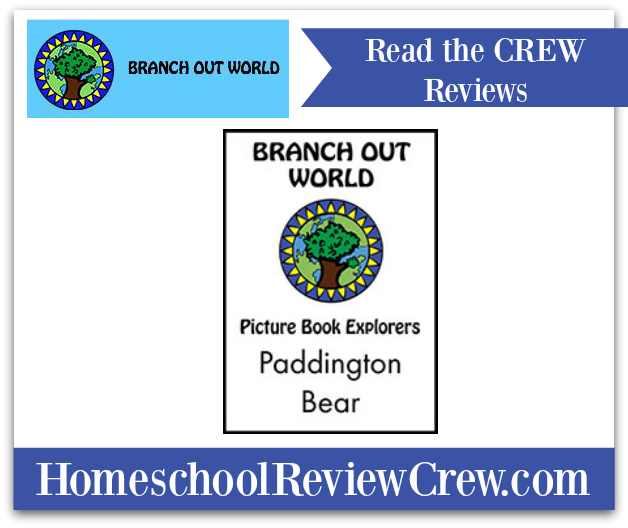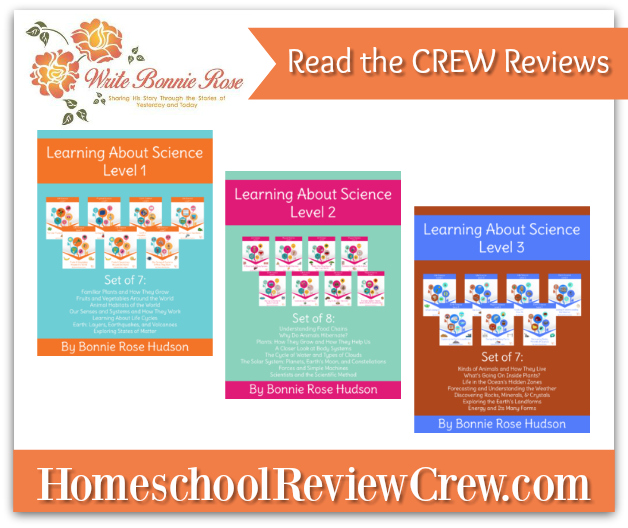Branch Out World was founded by "a home educating family" that loves books. They designed their literature-based unit studies to be infinitely tailorable. They are recommended for students aged 5 to 10 years, with the ability to scale the activities to the child's abilities. This means you can use any of their 20+ studies from the Picture Book Explorers series for multiple age children simultaneously, or work with the book at the child's current level and revisit it as he grows. Branch Out World also produces lapbooks which allow you to study topics from Christmas in Europe to Volcanoes.
First hurdle: Getting the Book
Dear friends of ours are native Australians, and when they come to visit, there's always an adjustment period. Watching the kids try to figure things out is always fun. Sometimes, they figure it out from context, if Auntie Jo says "Grab your jumper!" as she picks up her own sweater, but sometimes there's a bit of "Wait, what are you talking about?" (Jam, jelly, and Jello are always a "Wait, we're not on the same page." discussion.) Working with this was no different. The first directions are "Get a library ticket." Here in the states, we'd say "Get a library card." Fair enough. You're also going to be dealing with British spellings of words...like colour instead of the Americanized spelling color. This turned into one of those "That's just how they do it there, let it go," discussions after Damien pointed out it was spelled wrong for the fifteenth time. Thankfully, kids are reasonably adaptable.
Third time lucky: Working on the study.
Pros: Content-wise, I think it was quite good. It covered and included maps for the areas studied. I hate Googling randomly for maps because I invariably select the one that doesn't have something we need. For example, this map included delineations between England, Scotland, and Wales. Damien easily found a map that showed him specific city locations. He also was amazed at all the town names he recognized -- Dover, DE is named for English port town, there's a Plymouth, Massachusetts, and "Old" Jersey, not to be confused with our home state of New Jersey.
It also has given us a field trip destination: the closest zoo with spectacled bears is the National Zoo in Washington DC. We did some research on their website about the Andean bears, and learned the bears that live at the zoo like sweet potatoes and grapes, just like Damien!
 |
Cons: If you're a family who loves lapbooks, this is going to be right up your alley. There are tons of mini-projects to assemble into a lapbook. If you're my kid, this is torture because you have less-than-stellar fine motor skills and it means you spend more time obsessing over having to cut stuff out than you do actually completing the program. I also really dislike when programs make food a big deal activity. (I don't mind learning about what foods other cultures eat, but it's hard for a kid who can't eat many foods when the directions are "make tarts and marmalade and have a tea party.") I feel like we didn't get as much out of this as we could have.
Overall, I'd rate this program a 3 out of five for our family. It was a good unit study, but I found it lacking as a literature study - only one of the five days' activities involved studying the book as a literary work.
To read other Crew reviews of Picture Book Explorers ~ Paddington, click the banner below.

©2012- 2018 Adventures with Jude. All rights reserved. All text, photographs, artwork, and other content may not be reproduced or transmitted in any form without the written consent of the author. http://adventureswithjude.com










